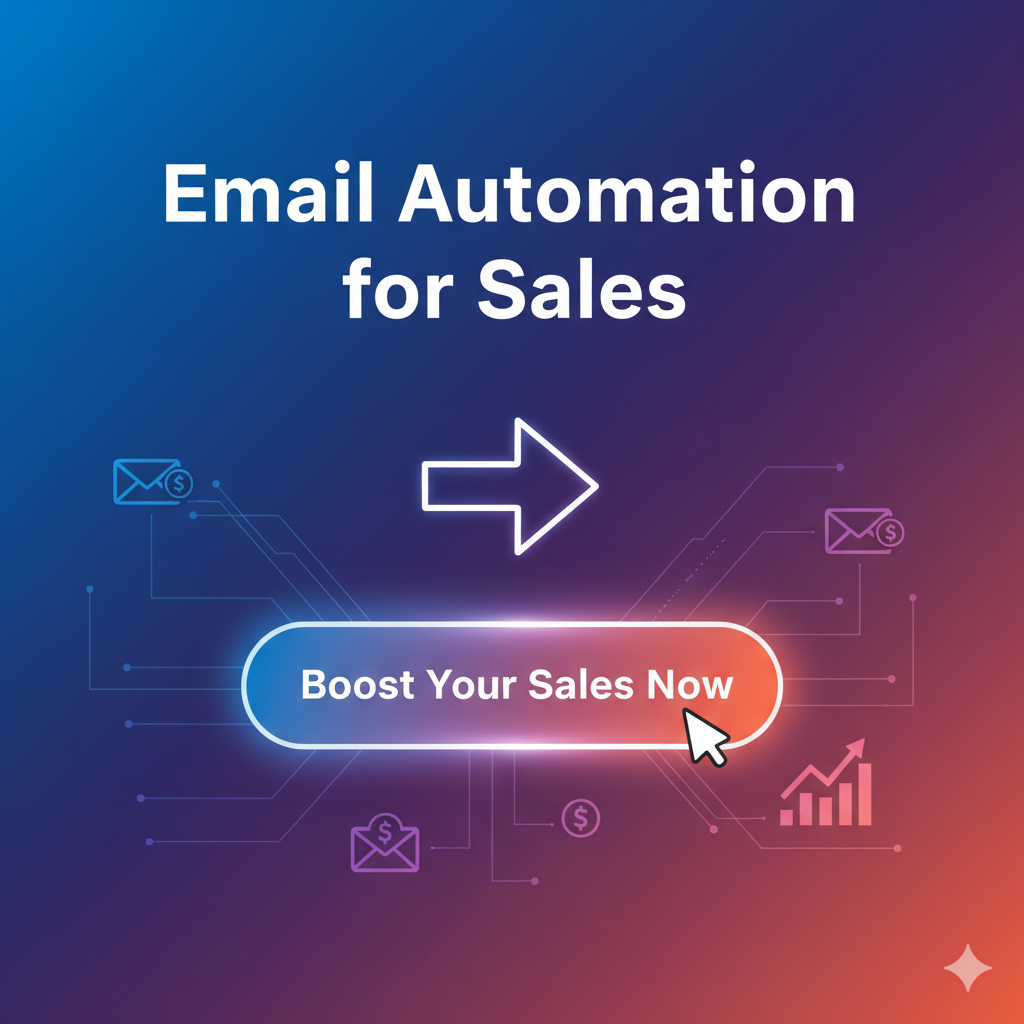Email automation is the proven approach to boosting sales, lead generation, user experience, and more. Building out a triggered campaign is a great way to ensure you’re always capturing responses from your customers.
Sending triggered outreach also requires a lot of trial and error, so make sure to start with automation that’s similar to your business needs. Automation ensures you send email nurture campaigns at the right time to the right person.
We will outline some ways that automation can help drive engagement and revenue with your business. It takes a little bit of strategy and creativity. In this blog post, we shall see how exactly automation works and different email automation examples.
What Is A Triggered Email Campaign?
The trigger campaign effectively captures the potential buyer’s response. There are different kinds of emails that marketers send out. Some are one-time messages, like email newsletters, while others come in the form of a series.
These sequences are usually sent automatically after a customer or subscriber completes a specific task. That task is called the trigger, and the email sent is called the triggered campaign. Trigger email campaigns require many trials and errors, and starting with automation similar to your business needs is important.
What Is Email Automation for Sales?
Email automation for sales means using smart tools to send personalized and timely emails to leads or customers based on their actions.
For example:
-
A welcome email when someone signs up.
-
A follow-up email when a user visits your pricing page.
-
A thank-you email after a purchase.
These automated sequences help you stay connected with your audience — without manually sending every message.
Why Email Automation Is a Game Changer for Sales
Here’s why top-performing businesses rely on automation:
-
✅ Saves Time: Once your workflows are set up, they run automatically.
-
🎯 Increases Conversions: Targeted messages at the right time boost engagement.
-
💰 Nurtures Leads Automatically: Build trust with consistent, helpful emails.
-
📊 Tracks Results: See which emails drive clicks, opens, and purchases.
-
🧠 Personalization at Scale: Send messages tailored to each customer’s behavior.
Best Strategies for Email Automation That Drive Sales
To make your automation truly effective, follow these proven strategies:
1. Create a Lead Nurturing Sequence
Welcome new subscribers with a warm introduction, then educate them about your service and gradually introduce offers.
2. Use Behavior-Based Triggers
Set emails to send automatically when users take certain actions — like clicking a product link or abandoning a cart.
3. Segment Your Audience
Not all customers are the same. Segment based on interests, location, or purchase history for higher conversions.
4. Personalize Every Message
Use names, previous interactions, and product recommendations to make emails feel personal — not robotic.
5. Add a Strong Call-to-Action (CTA)
Guide readers clearly:
-
“Start Automating Now”
-
“Book Your Free Demo”
-
“Claim Your 20% Discount”
Top Tools for Email Automation for Sales in 2025
Here are some powerful tools you can use:
-
HubSpot – All-in-one CRM and automation.
-
ActiveCampaign – Best for behavior-based sales emails.
-
Mailchimp – Easy for beginners and small businesses.
-
Klaviyo – Excellent for eCommerce stores.
-
GetResponse – Great for landing pages + automation combined.
How Email Automation Boosts Sales Performance
Businesses that use automated email workflows report:
-
50% more leads converted.
-
40% higher customer retention.
-
30% less time spent on manual outreach.
By automating follow-ups and reminders, your sales team can focus on what matters most — closing deals.
Start Growing Sales with Automation Today
If you’re not using Email Automation for Sales, you’re leaving money on the table.
Automation helps you send the right message, to the right person, at the right time — automatically.
🚀 Ready to grow your revenue?
Start implementing email automation today and watch your sales rise effortlessly.

